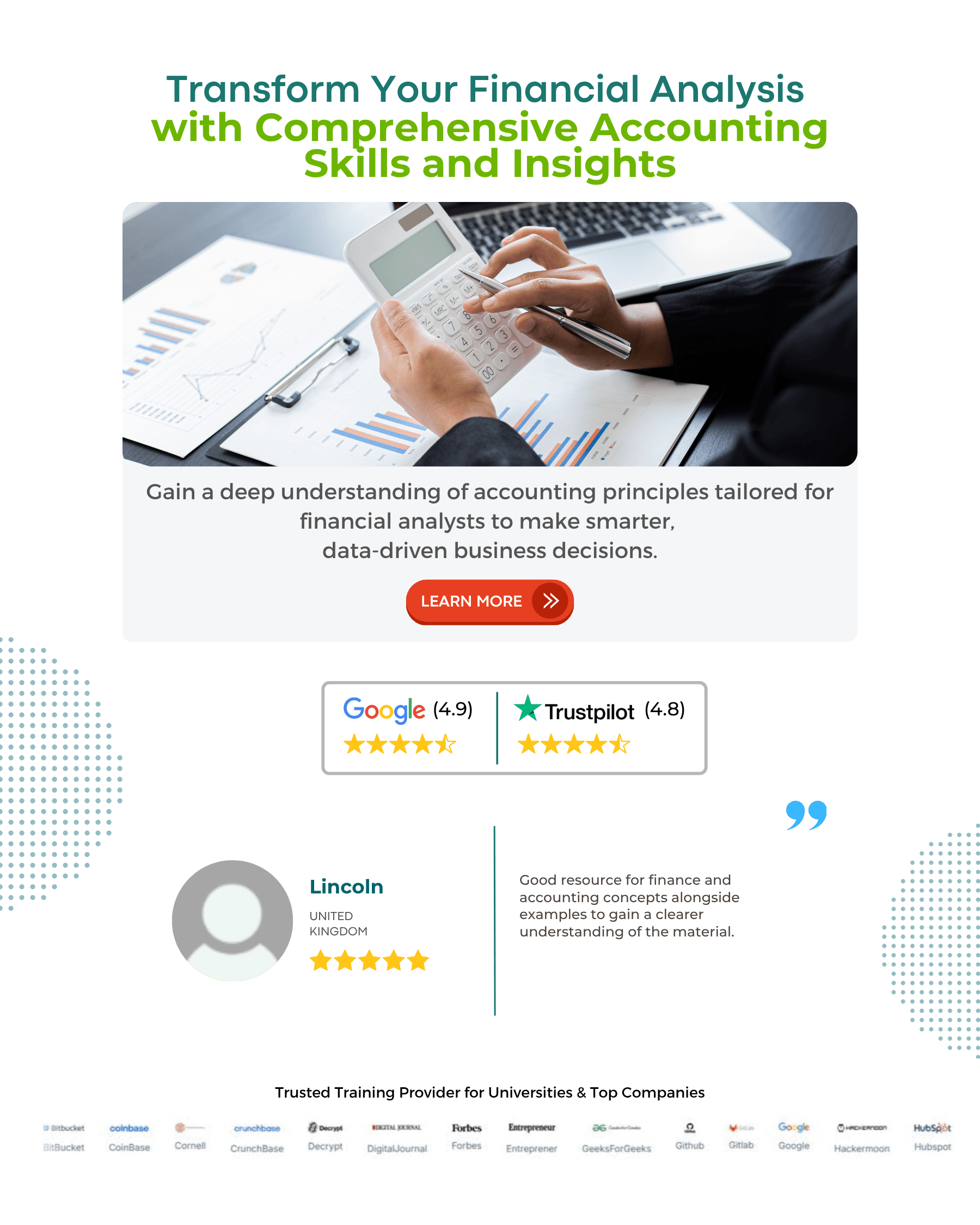Table Of Contents
Difference Between Cost and Expense
The key difference between Cost and Expense is that cost refers to the amount spent by the business organization to acquire an asset or to create the assets. In contrast, the expense refers to the amount spent by the business organization for the ongoing operations of the business to ensure revenue generation.
In the financial domain, the measurement of the success of a business is based on the negotiation of price and the cost incurred. In this article, we will discuss cost vs. expenses. We use these very often interchangeably in a business discussion. Still, these two words have different meanings and applications in business, and this article intends to put forward that difference.
What is the Cost?
We can define it as an amount paid or spent to acquire an asset (fixed asset) or paid towards creating an asset (prepaid expense). It is usually a one-time payment that we capitalize and reflect as a balance sheet item. Investment in purchasing such assets, which is a requirement for the continuance of the business, will give future benefits.

What is the Expense?
The expense can be an amount paid or spent regularly on ongoing business operations to ensure revenue generation. It is spent annually and is reflected in the profit and loss statement and, as such, impacts profitability. Also, the balance sheet cost is accounted as an expense in the profit and loss account guided by the matching principle, i.e., the expense should be recognized proportionately during the same period when it is utilized for revenue generation.
One of the examples is the purchase of plant and machinery for USD 1000. It is capitalized and is accounted for as a fixed asset in the balance sheet. Now, let us consider that the depreciation of a fixed asset is over the next ten years on a straight-line basis. Consequently, the depreciation expense would be USD 100 annually, and this depreciation is an example of an expense.
Another example is the pre-payment of rent of USD 600 for the next 10 years, and we account for this in the balance sheet as a prepaid expense. Now, the prepaid expense is to be spread out across 10 years at USD 60 annually as rent expense, and this is another example of expense.
Cost vs. Expense Infographics
Let's see the top differences between cost vs. expense.

Key Differences
The key differences are as follows –
- Cost is an investment towards the purchase of assets for the future benefits of the business. At the same time, the expense is on the ongoing business for revenue generation.
- Cost is a one-time payment in nature, while expense is a regular payment.
- The balance sheet usually reflects Cost, while expense forms part of the profit and loss statement.
- A cost is recognized as an expense in the profit and loss statement as per the matching principle. However, we can never recognize an expense as a cost.
Cost vs. Expense Comparison Table
| Basis for Comparison | Cost | Expense |
|---|---|---|
| Meaning | An investment made towards the purchase of assets intended for future benefits in business. | A regular payment made towards ongoing business for revenue generation |
| Financial Statement | Reflected on the asset side of the balance sheet | Reflected on the profit and loss statement |
| Purpose | Purchase of asset | Payment necessary to earn revenue |
| Effect on Profitability | Doesn't impact the profitability of the company directly | Directly impacts the profitability of the company. |
| Current Ratio | The cost incurred towards current assets impact the current ratio. | No impact |
| Capital Structure | The cost incurred towards non-current assets impact capital structure. | No impact |
| Example | Fixed assets, prepaid expense, inventory, etc.; | Depreciation, interest expense, raw material expense, etc.; |
Recommended Articles
This article has been a guide to Cost vs. Expense. Here we discuss the top differences between cost and expense, infographics, and a comparison table. You may also have a look at the following articles –

